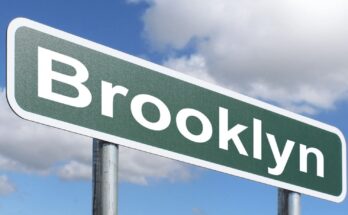By Anastasia Naderiants
Published: October 14, 2014
Chanel, as always, brought the most interesting runway show spectacle to Paris Fashion Week this Spring/Summer 2015 season. The show, staged to be on a busy Paris street, framed by slim, decorative French townhouses, presented the head-to-toe Chanel outfits on busy runway models, who strutted down the street in pairs, seeming to head to work or running some other important errand. Suddenly, loud footsteps and a generally excited noise of a crowd turned onto the street. Head Designer Karl Lagerfeld, leading the way with model Cara Delevingne, welcomed a protesting group of models with megaphones and handheld signs.
“What do we want?” shouted Cara.
“Tweed!” answered the group.
“When do we want it?”
“Now!”
A full-blown, Chanel-outfitted, Lagerfeld-choreographed crowd of supermodels marched down the set of the Parisian Street, chanting for female equality and protesting anti-feminism. Signs read “Ladies First,” “History is Her Story,” and “Women’s Rights Are More Than Alright.” The protest resonated among the audience, who quickly took to Instagram and other social media sites to capture and share this portion of the show. Undeniably, Karl Lagerfeld knows what the fashion community wants.
The strong feminist wave seems to have caught up to fashion as well, although many of the signs couldn’t be evaluated as feminist by definition. “Girls First” insinuates girls should come before men, which contradicts the definition of feminism as the social, political, and economical equality of women—not dominance. Furthermore, as important as the spread of feminism may be, fashion isn’t an industry where women are known to be the minority or suppressed—rather, quite the opposite; the inclusion of more men in fashion may be a good idea. Finally, the fashion industry quite often falls under criticism for not including more models of diverse ethnicities, and Lagerfeld may want to focus more on that before claiming feminism.



